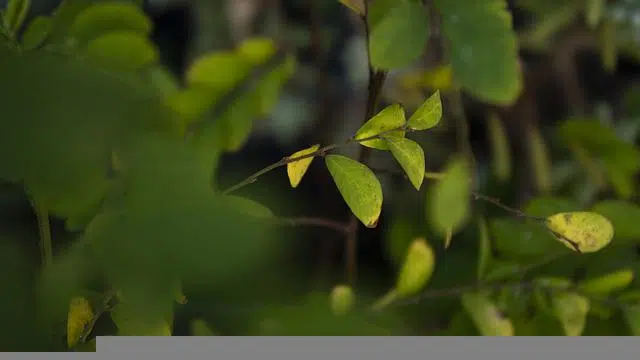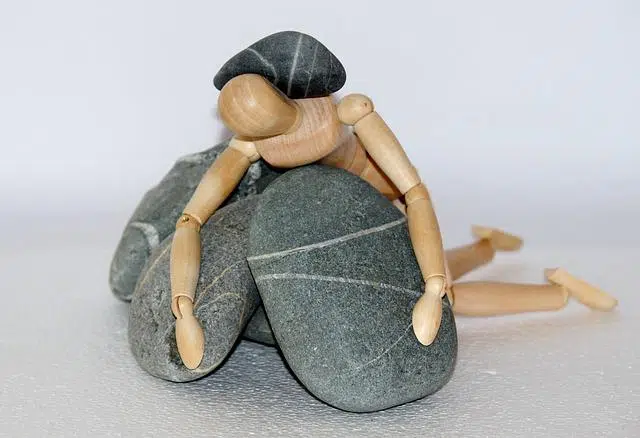
A defenseless plant has no thorns, spikes or other defensive elements.
The Latin word inermis came to our language as inerme . In the field of biology , the concept is used to describe a plant that lacks thorns, spines or prickles .
An unarmed plant, therefore, does not have this type of defensive resources. Several species have the term in their scientific name, such as Canthium inerme and Baryxylum inerme .
Canthium inerme
It is a tree that belongs to the Rubiaceae family, known in Spanish as Rubiaceae . It is endemic to the South African continent, it is used in various traditional medicines and also produces very particular edible fruits. The maximum height of Canthium inerme is around 14 meters, but generally the specimens do not go beyond 7, with a minimum of 3 meters. Its crown has a rounded shape, it can have one or several stems and the main one has a maximum diameter of 36 centimeters.
The colour of the stem(s) is light grey, although over the years it becomes increasingly darker and rougher . In its youth, its appearance makes it especially attractive at a visual level and makes it stand out easily . Its elliptical leaves are also light and soft, bright green, and do not have hairs. Regarding its flowers, they grow between August and February and exhibit a soft combination of green and yellow tones. They are small and usually produced in very dense clusters, with axes 3 centimetres in diameter .
Baryxylum inerme
This plant is known by several different names, such as yellow flame tree , golden flamboyant , yellow poinciana and another scientific name, Peltophorum pterocarpum . It is a species native to the Asian continent , common in Thailand, Indonesia, Vietnam and Sri Lanka.
Its maximum normal height is around 25 metres, but there are examples that measure twice as much. The diameter of its trunk is 1 metre. Its yellow flowers grow in large clusters . It produces a fruit that starts out red but turns black when ripe. The tree itself is often used for ornamental purposes, while its wood is also used as raw material and its leaves as feed for livestock.
Unarmed person
Unarmed is also used to refer to someone who does not have weapons, either figuratively or literally . For example : “The police did not hesitate to shoot an unarmed man who was protesting in front of Congress” , “I had to leave school at the age of 10 and was left defenseless in the face of the challenges posed to me by society” , “The local team, defenseless, was thrashed by the league leader” .

An unarmed person has no weapons, physical or symbolic.
Other examples
Let us take the case of a political analyst who reflects on the situation in a country governed by a dictatorship . This specialist details that the inhabitants do not have civil guarantees since in that nation there is no rule of law and the government acts without being bound by the law. In this way, citizens are defenseless before the authorities: they cannot appeal to Justice to denounce and/or prevent abuses and violations.
Let us now suppose that two young men get into a fight outside a bar. One of them is armed with a knife; the other boy, unarmed , has no weapon. The confrontation is therefore unequal and carries a much greater physical risk for the one who can only defend himself with his body. The result, with few exceptions, could be fatal for the latter, unless he has martial arts knowledge or extraordinary physical skill that allows him to avoid attacks and return them with speed and precision.
